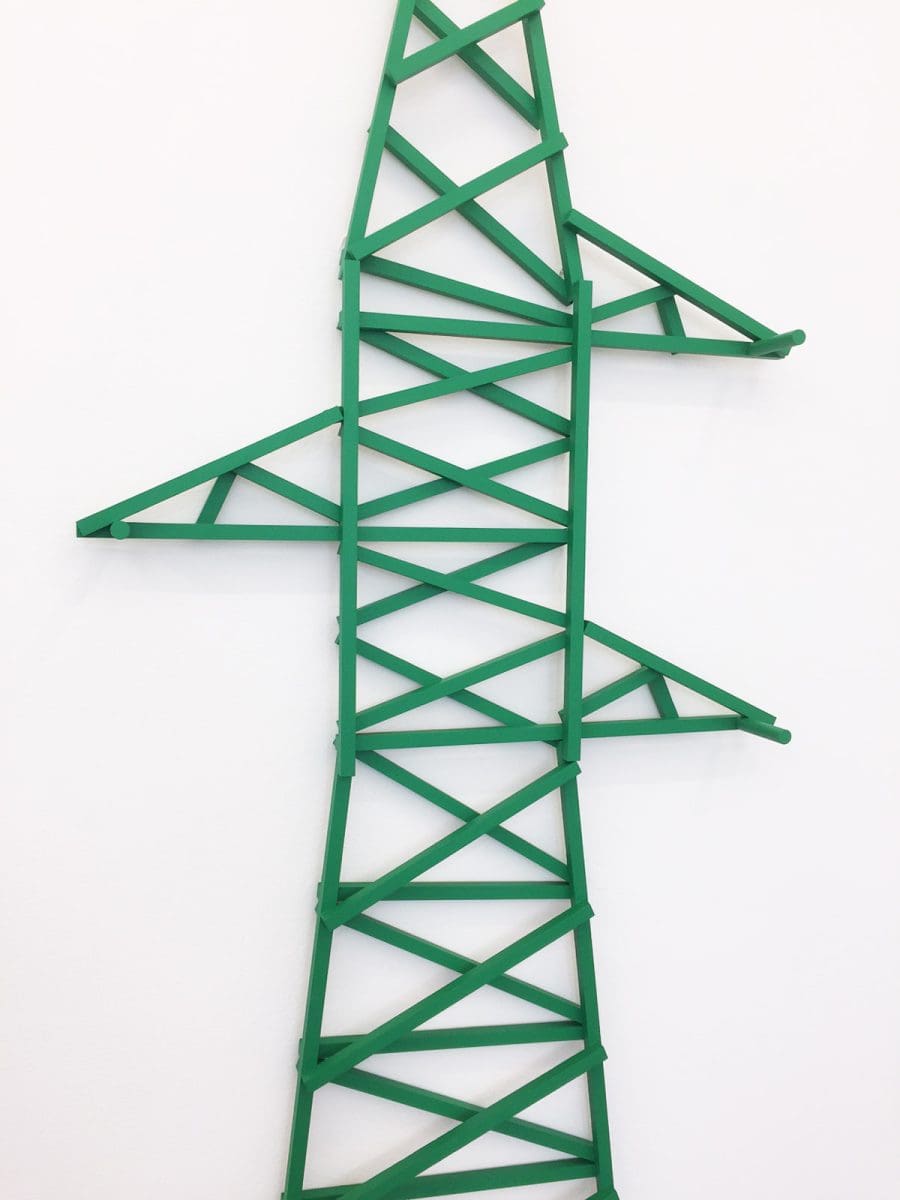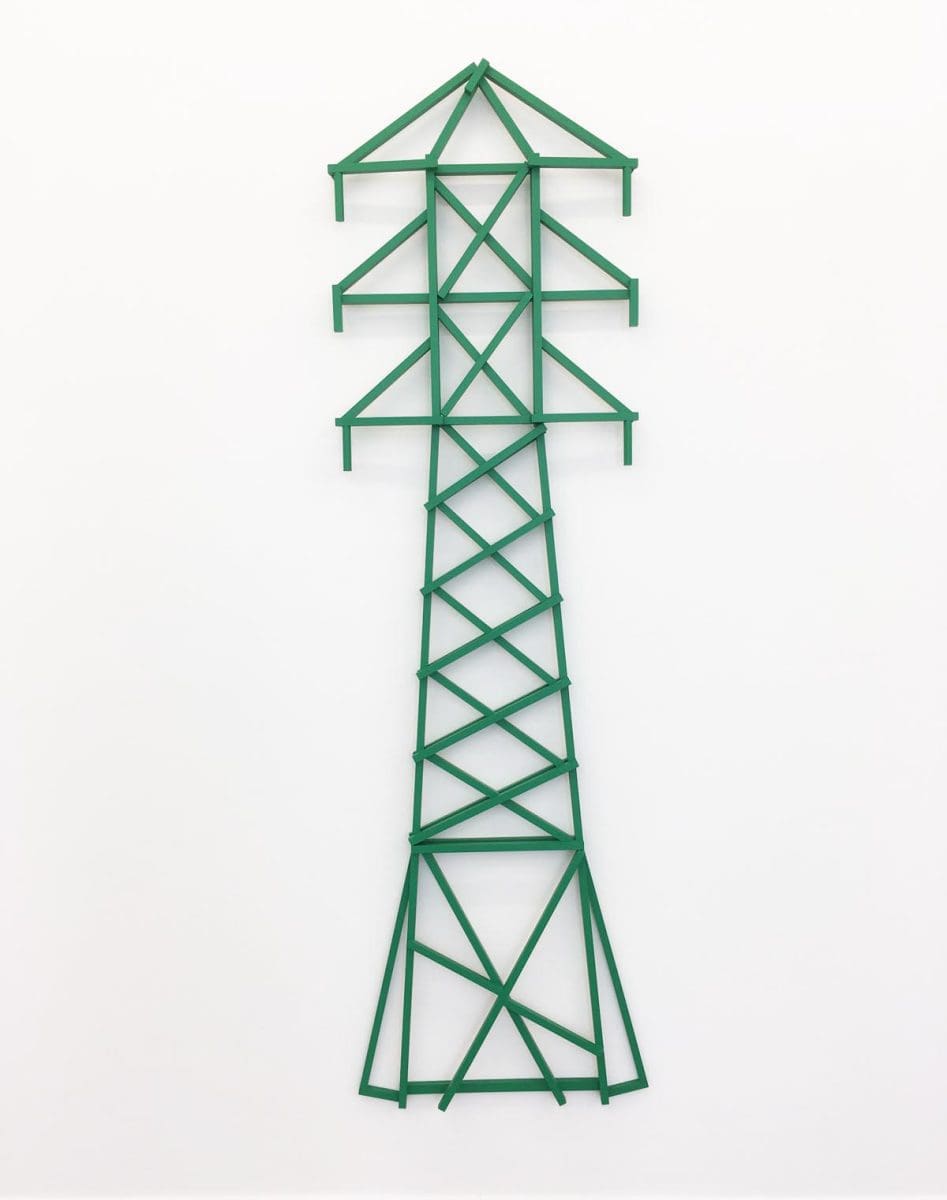
Piercing the veil
A new exhibition at Buxton Contemporary finds a rich complexity in the shadowy terrain between life and death.

Nick Selenitsch, Figure No. 1-7, 2016, dimensions varied, Image Courtesy of the Artist and Sutton Gallery, Melbourne.

Nick Selenitsch, Figure No. 1-7, 2016, dimensions varied, Image Courtesy of the Artist and Sutton Gallery, Melbourne.

Nick Selenitsch, Figure No. 1-7, 2016, dimensions varied, Image Courtesy of the Artist and Sutton Gallery, Melbourne.
Back in 2014, Joe Hockey labelled wind turbines “utterly offensive”. It was around this time that Nick Selenitsch was beginning to think about The Nature of Things, his current solo exhibition at Melbourne’s Sutton Gallery. Selenitsch wondered why nobody ever complained about the aesthetically displeasing nature of older technologies such as transmission towers. Instead of being scrutinised, they simply became part of the world around us, while wind turbines, the newer, cleaner successor of the coal technology that these towers support, were somehow subject to greater criticism.
For The Nature of Things, Selenitsch has constructed a number of two-dimensional transmission towers from plywood. Comprised of clean lines and stripped of all ornamentation, the towers are painted green and will be mounted on the wall of Sutton’s gallery space.

Selenitsch’s relationship with these towers is indicative of his wider exploration of modernity and its far-reaching cultural implications. Indeed, the acceptance of radio towers and non-renewable energy sources might have a lot to do with their fast development during the peak of modernity. Somehow this period has come to stand for reliability and utility. In fact, the transmission tower is the perfect visual trope to communicate the position of modernity as a simultaneously aesthetic and utilitarian tastemaker.
While many would argue that modernity gave away to postmodernity and eventually contemporaneity, Selenitsch is staunchly committed to the notion that modernity prevails to this day. The historic period lives on as a movement embedded in our aesthetic choices and our desire to ground flux and chaos. Many design elements (minimalist functionalism in particular) are a desire to make sense of accelerated daily life.
The love, for him, is in the sleek design elements. However, the function of the transmission tower is problematic despite its aesthetic. The result is one of conflicted emotion.
Selenitsch’s aesthetically pleasing models muddy the reading of the physical transmission towers which they stand for. In fact, they do not so much represent the actual tower, situated within the Australian landscape, as they function as totems of modernity and, ultimately, as sites of contemplation. Despite coming from a very personal and specific meditation, Selenitsch’s towers will trigger the memories and imagination of each spectator in very different ways. Indeed, the artist is not interested in the notion that art should change the world. Instead, he believes it functions as a space of thought.
According to Selenitsch, it is the nature of modernity to be simultaneously attractive and repellent. He describes his attitude towards the transition towers as “unresolved” and this statement, more than anything, sums up the mood of his exploration. Indeed, Selenitsch would simply like us to reassess the notion that modernity is a black and white system for living. There might ultimately be an ironic comfort in accepting the complicated as the norm.
Nick Selenitsch: The Nature of Things
Sutton Gallery
19 November – 17 December